![]() As my daughter plays paleontologist in the next room, I’m thinking about three stories from the last few months. They are stories that illustrate why despite the progress women and minorities have made in the past few decades we still have so far to go before we get anywhere near true gender parity in science and leadership. They are stories that show how far some people will go to silence women and minority voices, and how those silencers are in positions of power or aided and abetted by those who are.
As my daughter plays paleontologist in the next room, I’m thinking about three stories from the last few months. They are stories that illustrate why despite the progress women and minorities have made in the past few decades we still have so far to go before we get anywhere near true gender parity in science and leadership. They are stories that show how far some people will go to silence women and minority voices, and how those silencers are in positions of power or aided and abetted by those who are.
In June, rock star scientist “Canopy” Meg Lowman was, with no public explanation, stripped of her directorship of the Nature Research Center at the North Carolina Museum of Natural Sciences. As director of the Nature Research Center, Lowman, an incredibly distinguished scientist in her own right, was the supervisor of scientists working in innovative ways, directly with the public. The mission of the Nature Research Center is to “bring research scientists and their work into the public eye, help demystify what can be an intimidating field of study, better prepare science educators and students, and inspire a new generation of young scientists.” What better person to help the center succeed at its mission than its charismatic director, Dr. Lowman? But instead, the museum’s leader demoted her to Senior Scientist, took away her direct supervisorial responsibilities, and spent a bunch of ink emphasizing how she would still be a “female leader” and a “role model to girls and women in science.” Personally, as a woman in science and mother of a girl in science, I thought Dr. Lowman was much better able to be a leader and role model as director of the research center than just as senior scientist. But clearly, those with power didn’t want her voice and authority to be too loud. It’s OK for Dr. Lowman to talk about “women stuff” but she shouldn’t presume to go beyond that.
In July, in the UK, female activists campaigned for Jane Austen to be featured on a bank note, after the Bank of England, which regularly changes up who is on their currency, decided to replace Elisabeth Fry with Winston Churchill. This change would have left the UK with the Queen as only the female on their currency. In response to this campaign, the activists were treated to voluminous death and rape threats on Twitter. When female politicians voiced their support for the activists and Jane Austen, they too were threatened. So were the female journalists who covered the story (and only the female journalists, not the men). The intent of those who threatened the activists, MPs, and journalists was to silence women’s voices and put these women “in their place” and out of the public sphere. While any one individual did not have much power, their use of threats and mob mentality became a way to exert power over the women involved.
This week, scientist Danielle Lee, who blogs at The Urban Scientist politely declined a request to blog for free at biology-online.org. The editor who had solicited her work responded thusly: “Are you an urban scientist or an urban whore?” That’s right, a polite declination to provide her professional services earned Danielle the sexist, racist label “urban whore.” Danielle, an amazingly strong woman, role model, and inspiration, turned that response into a teachable moment. She posted a video explaining why she declined the request to blog for biology-online.org:
Danielle also wrote a blog post that documented her correspondence with the editor of biology-online and why their response was utterly and completely inappropriate. That post originally appeared at The Urban Scientist, which is part of the Scientific American blog network, but at some point yesterday, the management of Scientific American decided to take it down. The only explanation they have provided so far is a tweet from their editor in chief:
Re blog inquiry: @sciam is a publication for discovering science. The post was not appropriate for this area & was therefore removed.
— Mariette DiChristina (@mdichristina) October 12, 2013
They also deny that the decision to take down Danielle’s post was because of Scientific American’s partner relationship with biology-online. Many have questioned why then this post of Danielle’s was targeted for take-down when other posts on the network, which were not for “discovering science” have been allowed to remain. Regardless of Scientific American’s intent, to all outside observers this appears to be yet another example of a woman being silenced by those with power. Fortunately, the Internet doesn’t forget, and copies of Danielle’s post have been made available in lots of places with true control over their content. This behavior by must also be causing the extremely well-regarded women who blog at Scientific American and who occasionally post on issues around gender and race in the sciences and society to be reconsidering their relationship with the publisher. If I were a blogger at Scientific American writing even occasionally about the profession of science, I’d be wondering if they had my back at all.
More broadly conversation about Danielle’s treatment, first by biology-online and then by Scientific American, has reminded me of the wider issues in our treatment of women and minorities in science and leadership. For all those wondering why we still lack diversity in STEM, Scientific American’s actions illustrate the problem quite nicely. First, we have to put up with harassment from jerks like the editor of biology-online. Then, we call out that bad behavior, respected institutions ignore, or worse censor us. It sends a pretty clear message: “We don’t want you here.” Or as Khadijah M. Britton refined my thoughts: “We only want you as a token to make us look good until you “cause drama” or “get emotional,” then you are out.” That sentiment matches perfectly with what Danielle said in her video: “For far too long, the presumption has been that if you are a woman, or a person of color, or from a lower socio-economic status that folks think that they can get you, your talent, your expertise, and your energy for free.” As Lara Deruisseau said “This perpetuates fear of women standing up for themselves when wronged. Unknown rules come out of the woodwork.” While those with power may try to silence Danielle, they won’t succeed, and in their efforts they awoke hundreds of us to their true nature. We are #standingwithDNLee. And while I had been planning a print subscription to Scientific American for a family Christmas present, I’m no longer going to give them money.
These stories also remind us not to sit back and wait for some unseen hand to slowly right the wrongs of the past, because when we do, we allow those wrongs to be perpetuated and inflicted on new generations of women and minorities. And we are talking about generations: As a female scientist in the mid-to-late 20th century, my mother faced blatant discrimination and harassment. As a female scientist of the early 21st century, I’ve experienced more subtle, but still pernicious discrimination and harassment too. At the current rate of change, my daughter, whether should she choose to pursue a career in the sciences or focus on her passions in the political field, will be discriminated against and harassed too. I’m not going to wait for that to happen, instead I’m going to use all the voice I have to push our society, and particularly those with power in it, to make things better, faster. And if someone tries to silence me, there will be more voices raised, more calls to arms. Now is the time we raise our voices and say “The way we treat women and people of color is not acceptable. We will not be silenced any longer.”
P.S. You know what’s playing in our house now? The soundtrack to Matilda the musical. I think there’s quite a bit of power in the lyrics to this song. And my daughter knows the words by heart. That gives me hope.
http://youtu.be/Q6Xn9JW9ceI

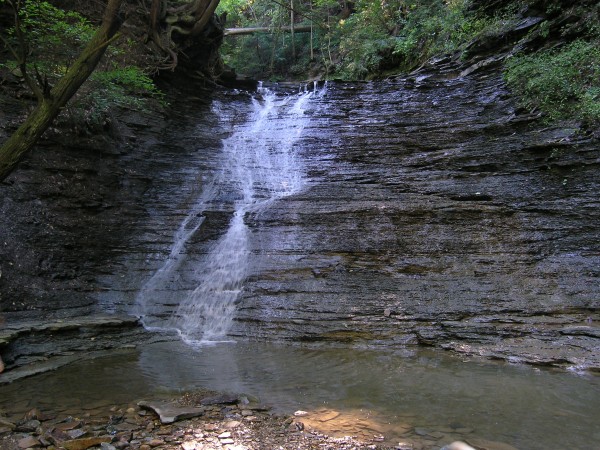
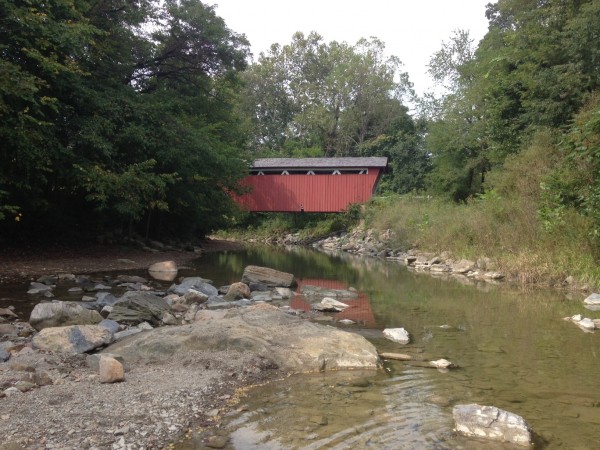
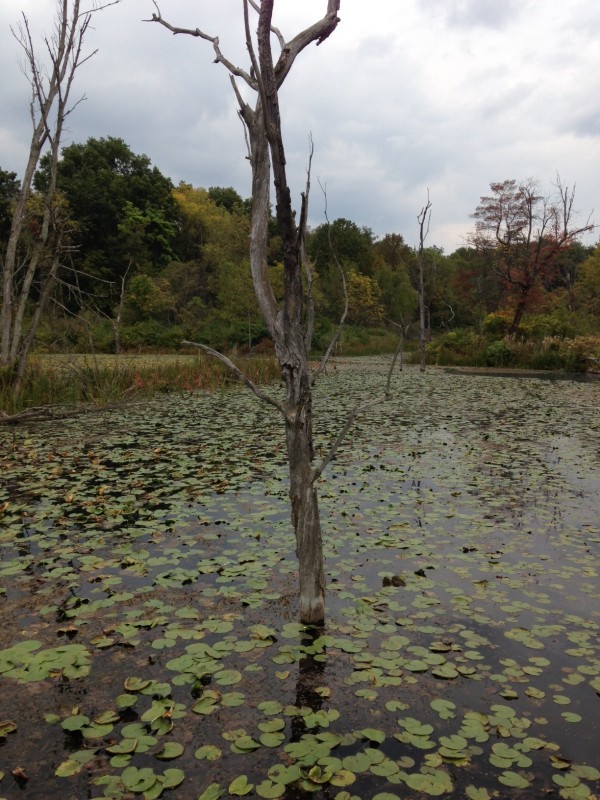

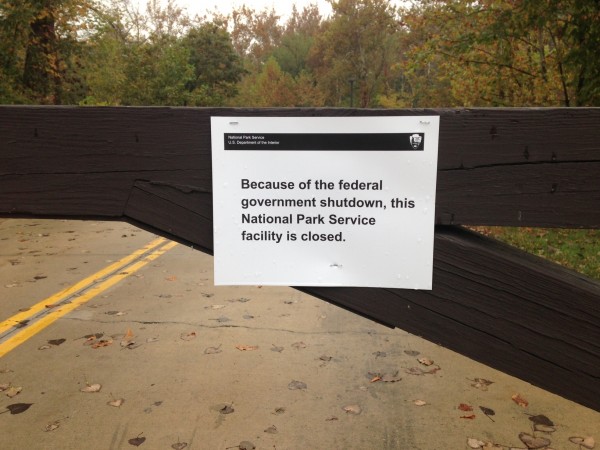
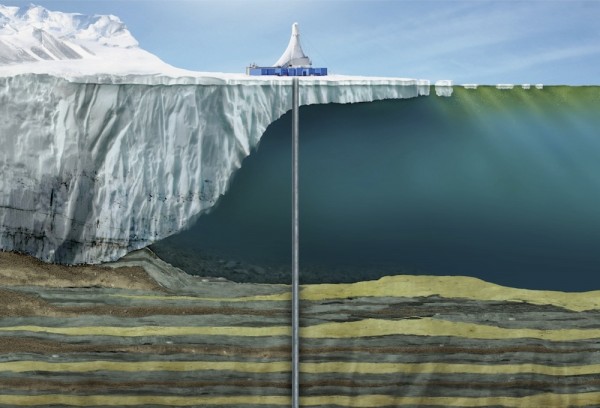
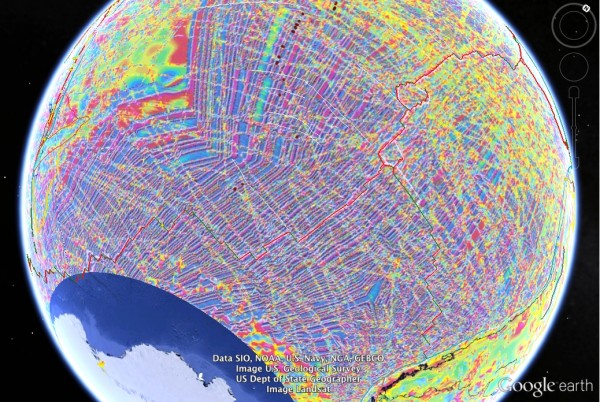



Nice plan for content warnings on Mastodon and the Fediverse. Now you need a Mastodon/Fediverse button on this blog.